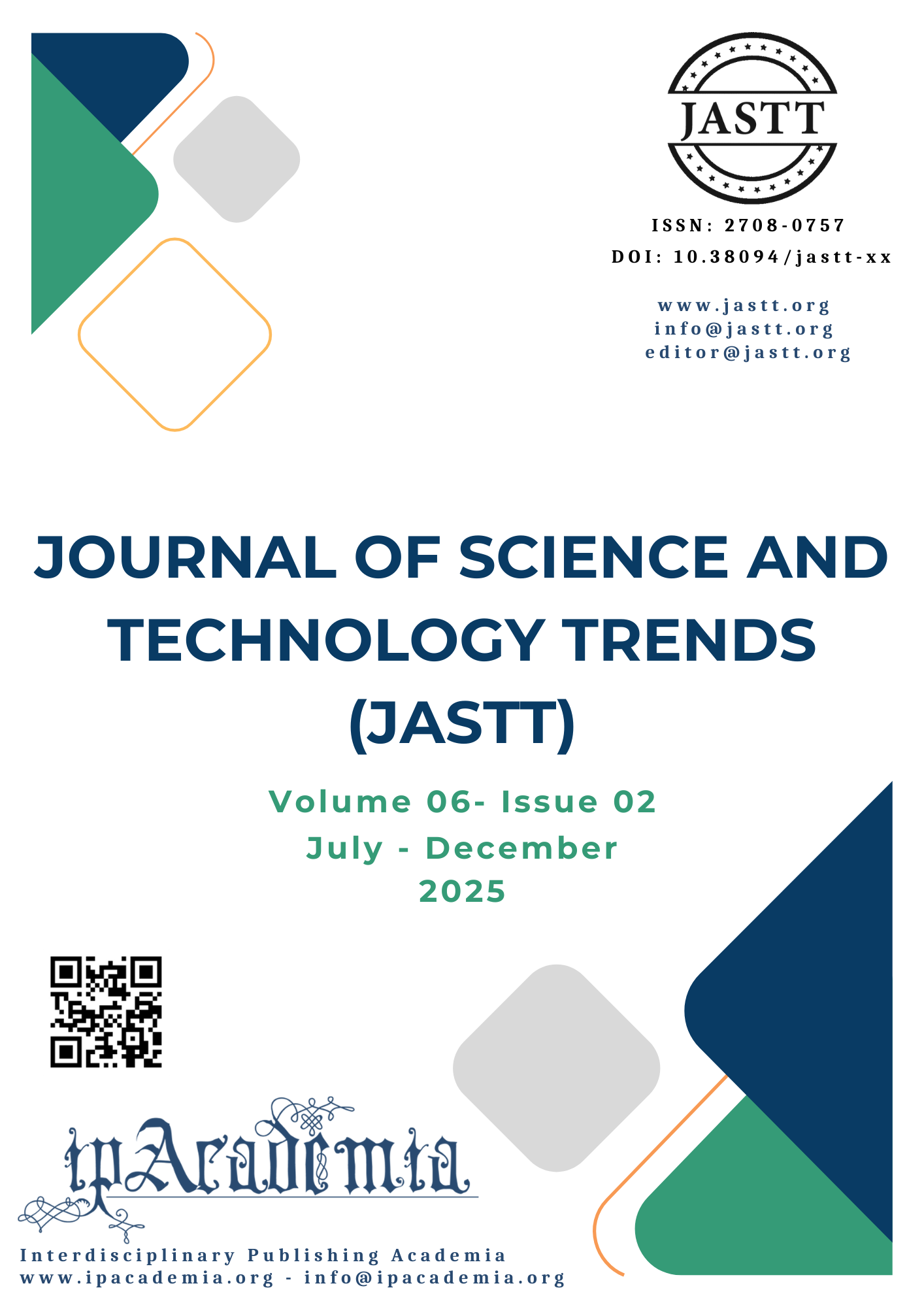Performance Comparisons Between the Semiconductor Optical Amplifier (SOA) and the Erbium-Doped Fiber Amplifier (EDFA)

Abstract
This study provides a comprehensive comparison between erbium-doped fiber amplifiers (EDFAs) and semiconductor optical amplifiers (SOAs), focusing on their potential suitability for long-haul optical transmission. Using identical configurations and data rates in OptiSystem simulations, performance metrics such as gain, Q-factor, and signal-to-noise ratio (SNR) were systematically analyzed over a wide span of input powers. Saturation analysis revealed that SOAs can achieve comparable or even superior gain to EDFAs under certain operating points. The results indicate that SOAs deliver significantly higher Q-factors before deep saturation occurs, with observed improvements of up to 25 dB at an input level of 11.9 dBm. Similarly, the SNR of SOAs exceeded that of EDFAs by nearly 20 dB under identical conditions. These findings suggest that, when biased in the appropriate regime, SOAs hold strong potential for deployment in next-generation long-haul optical systems.
Keywords
Semiconductor Optical Amplifier (SOA), Erbium-Doped-Fiber-Amplifier (EDFA), Q-factor
References
- A. Sobhanan et al., “Semiconductor optical amplifiers: recent advances and applications,” Adv. Opt. Photon., vol. 14, no. 3, pp. 571–651, Sep. 2022, doi: 10.1364/AOP.451872.
- G. P. Agrawal, Fiber-Optic Communication Systems, 4th ed. Hoboken, NJ, USA: Wiley, 2010.
- E. Desurvire, Erbium-Doped Fiber Amplifiers — Principles and Applications. New York, NY, USA: Wiley-Interscience, 1994.
- H. Tang et al., “A review of high-power semiconductor optical amplifiers: Device characteristics and applications,” Sensors, vol. 23, no. 17, art. no. 7326, Aug. 2023, doi: 10.3390/s23177326.
- J. Li et al., “EDFA-assisted laser heterodyne radiometer operating in the shot-noise-dominated regime,” Opt. Lett., vol. 48, no. 20, pp. 5229–5232, Oct. 2023, doi: 10.1364/OL.485123.
- A. H. Beshr and M. H. Aly, “Wideband SOA fiber-to-fiber gain and saturation output power in the C-band: impact of characteristic parameters,” Opt. Quantum Electron., vol. 55, art. no. 506, 2023, doi: 10.1007/s11082-023-04786-w.
- A. G. Reza et al., “Mitigation of SOA-induced nonlinearities with recurrent neural networks in 75 Gbit/s/? PAM-4 IM/DD WDM-PON transmission systems,” J. Lightw. Technol., vol. 41, no. 12, pp. 3967–3975, Jun. 2023, doi: 10.1109/JLT.2023.3278981.
- David I. Forsyth , Kanar R. Tariq and Ahmed Jamal Abdullah Al-Gburi, Fully spectrum-sliced four-wave mixing wavelength conversion in a Semiconductor Optical Amplifier, PRZEGL?D ELEKTROTECHNICZNY journal, ISSN 0033-2097, Vol. 5, pp. 215 - 218 (2024).
- Q. Zhao et al., “Wideband ultra-low intensity noise reduction via joint action of gain saturation and out-of-phase polarization mixing effect from a semiconductor optical amplifier,” Opt. Express, vol. 31, no. 12, pp. 18734–18750, Jun. 2023, doi: 10.1364/OE.486790.
- Y. Sun et al., “10 W super-wideband ultra-low-intensity-noise single-frequency fiber laser at 1 µm,” Opt. Express, vol. 32, no. 7, pp. 11419–11428, Mar. 2024, doi: 10.1364/OE.511952.
- Q. Zhao et al., Wideband ultra-low intensity noise reduction via joint action of gain saturation and out-of-phase polarization mixing effect from a semiconductor optical amplifier, Optics Express, Vol. 31, no. 12, pp. 18734–18750 (2023).
- J. Xie et al., Research on intensity noise cancellation technology of a narrow-band ASE source based on SOA, Optics Continuum, Vol. 4, no. 4, pp. 854–861 (2025).
